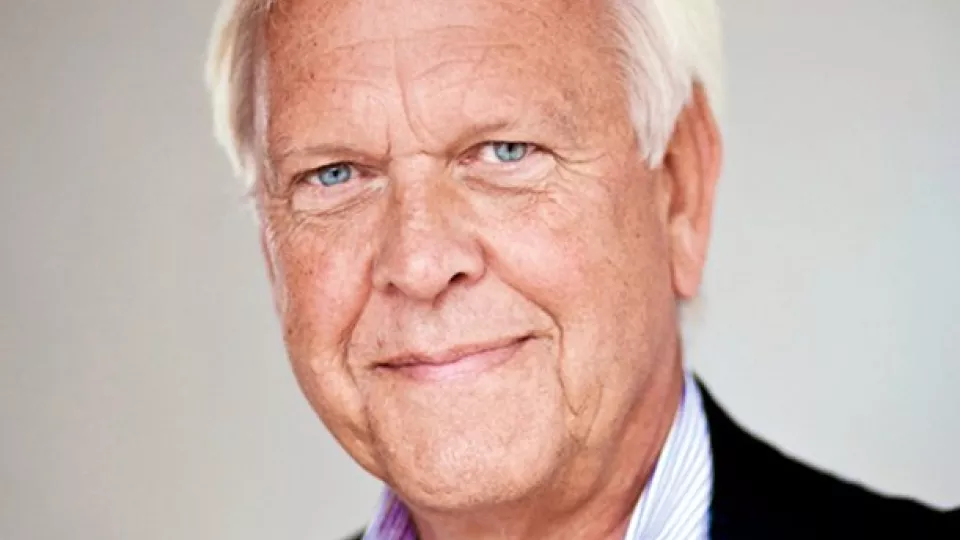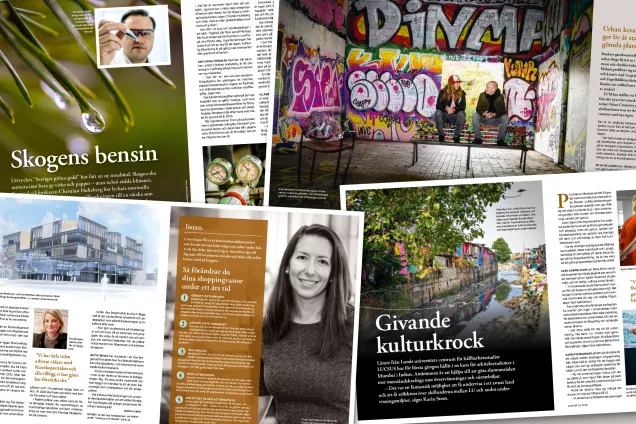Since the breakthrough in 1989, Winter has achieved several fantastic further developments of the previous research. “It is great to be able to report that the Department of Immunotechnology at Lund University was so far ahead of its time and contributed to researching a new technology that marked the start of developments that led to today’s Nobel Prize”, says Carl Borrebaeck.
“What Winter and I arrived at simultaneously was a new technology that could copy the genes that code any type of antibodies in thousands of copies”, he says, adding that the antibodies needed to fight cancer cells are the kind that are most difficult to copy.
At the time, Carl Borrebaeck had a small research team working in the Wallenberg laboratory.
“Of course we were competitors. But over the years, we became friends”, says Carl Borrebaeck, who is now a professor of immunotechnology. He explains that, besides being one of the world’s best researchers, Sir Gregory Winter likes to start the day with a little morning exercise – by swimming in the moat around his country home.
After the breakthrough in 1989, Carl Borrebaeck founded two companies that converted the research into biological drugs, Alligator and Immunovia. Alligator recently signed Sweden’s largest ever licensing agreement in life science, worth USD 700 million.
“The essential thing is not money”, he says, “but for the research to benefit cancer patients via the company. It is important that we share our research findings for the benefit of society!”
Tumour cells are “cunning opponents” that almost always succeed in shutting themselves off when the body’s own immune defence system attacks. “But if we succeed in kick-starting the immune system using antibodies that break down the defences of these cells, we can achieve fantastic therapeutic results for patients”.
According to Carl Borrebaeck, the fact that the Nobel Prize often passes Sweden by is connected to Sweden’s insufficient investment in cutting-edge research, compared to the UK which makes major investments in the most promising projects and researchers. ¬
“It is upsetting that we don’t take care of our star researchers and there are many examples of researchers who have left Lund because they were offered better resources in the UK, Denmark or the USA, for example”.
Carl Borrebaeck also thinks that there is a more stimulating environment in places like Cambridge. Gregory Winter has had other Nobel Prize winners as mentors with whom to take a walk in the park over lunch. It is also said that Greg Winter’s room in Cambridge was Isaac Newton’s study several hundred years ago.
“Of course it is stimulating to conduct research in an environment surrounded by exceptional talent!” he says.



